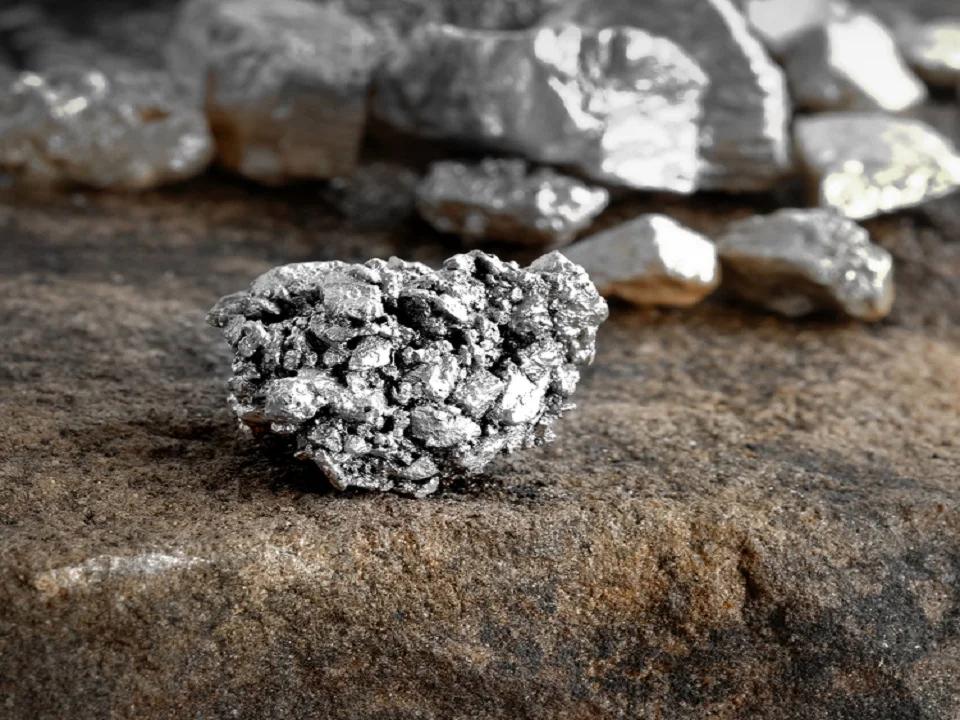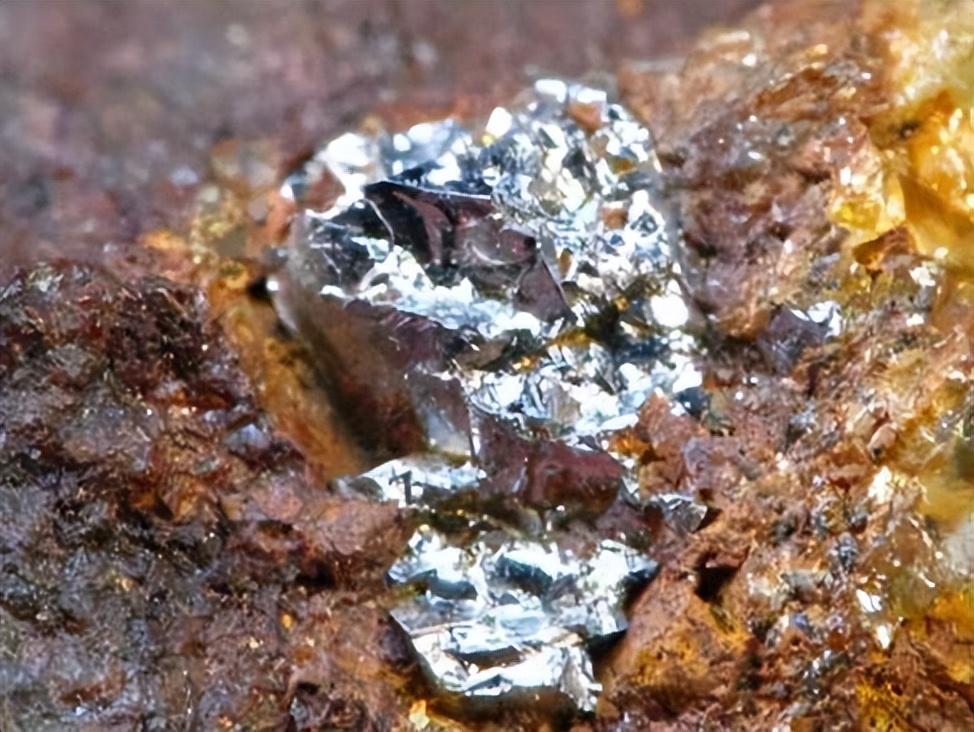Platinum, a symbol of luxury and strength, has a journey as compelling as its uses in today's world. The process of mining this rare metal is a blend of complexity and sophistication, sparking curiosity among those fascinated by precious metals.
The mining of platinum involves a series of intricate steps. It begins with locating ore-rich areas, often deep underground. The extraction process typically includes drilling, blasting, and hauling the ore to the surface. But the real challenge lies in separating platinum from the ore, which requires a combination of physical and chemical techniques. This process is not just about extraction; it's a testament to human engineering prowess.
But what truly captivates the audience is the array of platinum's valuable uses. Beyond its well-known presence in jewelry, platinum's role in the automotive industry is pivotal. It's a key component in catalytic converters, playing a crucial role in reducing vehicle emissions and combating pollution.
In the medical field, platinum's significance is profound. Its use in chemotherapy drugs for cancer treatment showcases its life-saving capabilities. Moreover, platinum's application in various medical implants and equipment underlines its biocompatibility and durability.
Furthermore, platinum's role in electronics cannot be overlooked. Its conductive properties make it invaluable in the manufacturing of computer hard drives and fiber optic cables, driving the advancement of technology.
In conclusion, platinum's journey from being mined to its multifaceted applications is a narrative of innovation, luxury, and sustainability. As we delve deeper into the world of platinum, it's clear that this metal is not just a symbol of wealth; it's a driver of technological and medical progress.
文章末尾固定信息



评论